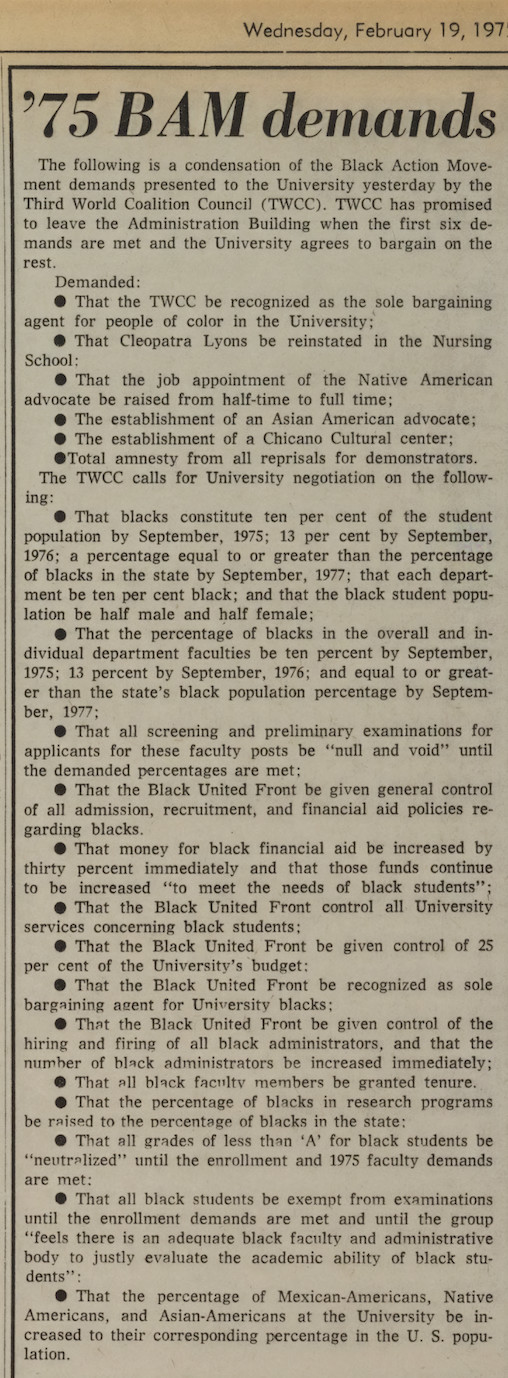ABOUT OAMI
Born from Activism
Since its inception, OAMI has been a leader in fostering student leadership and enriching the campus community. OAMI’s multicultural and academic programs and initiatives have recruited, retained, and graduated racially, culturally, and economically diverse students, including first-generation and transfers. OAMI has enriched these students’ academic experiences and contributed significantly to a more inclusive and equitable environment for all university community members. As we have built on this work over the past 35 years, we honor the student activism and sacrifice that compelled the university to make OAMI and other student support offices a reality.
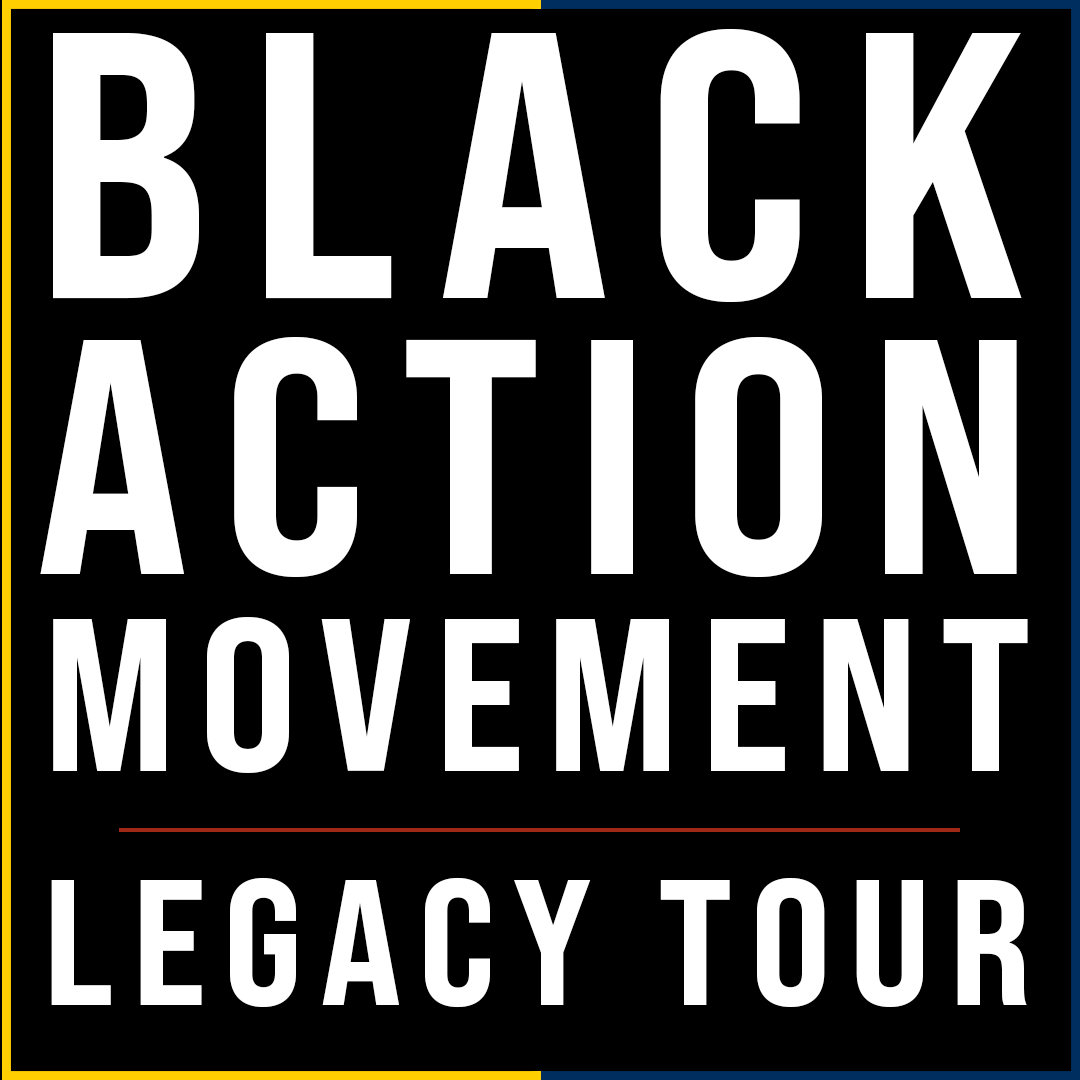
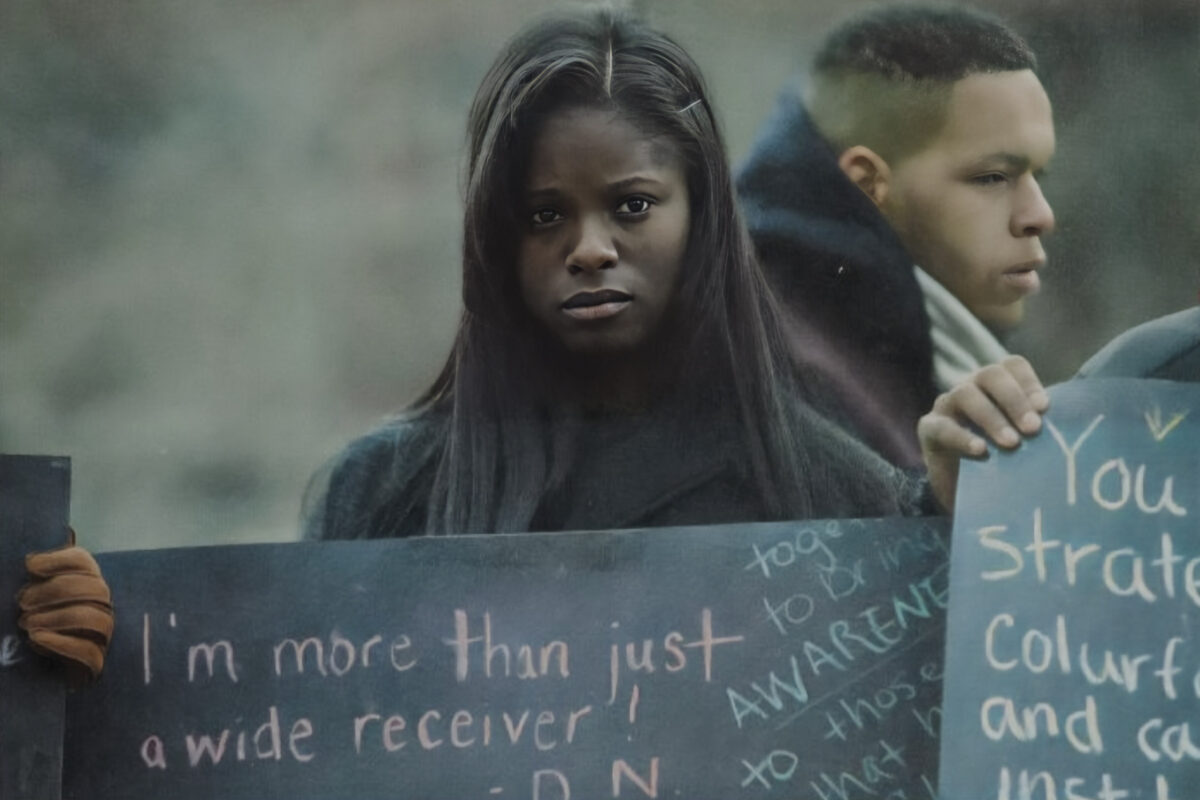
The Black Action Movement’s many iterations demonstrate how change only happens through an ongoing commitment and energy to create change. Learn about the different phases of BAM and how activism is being approached up until the present day.
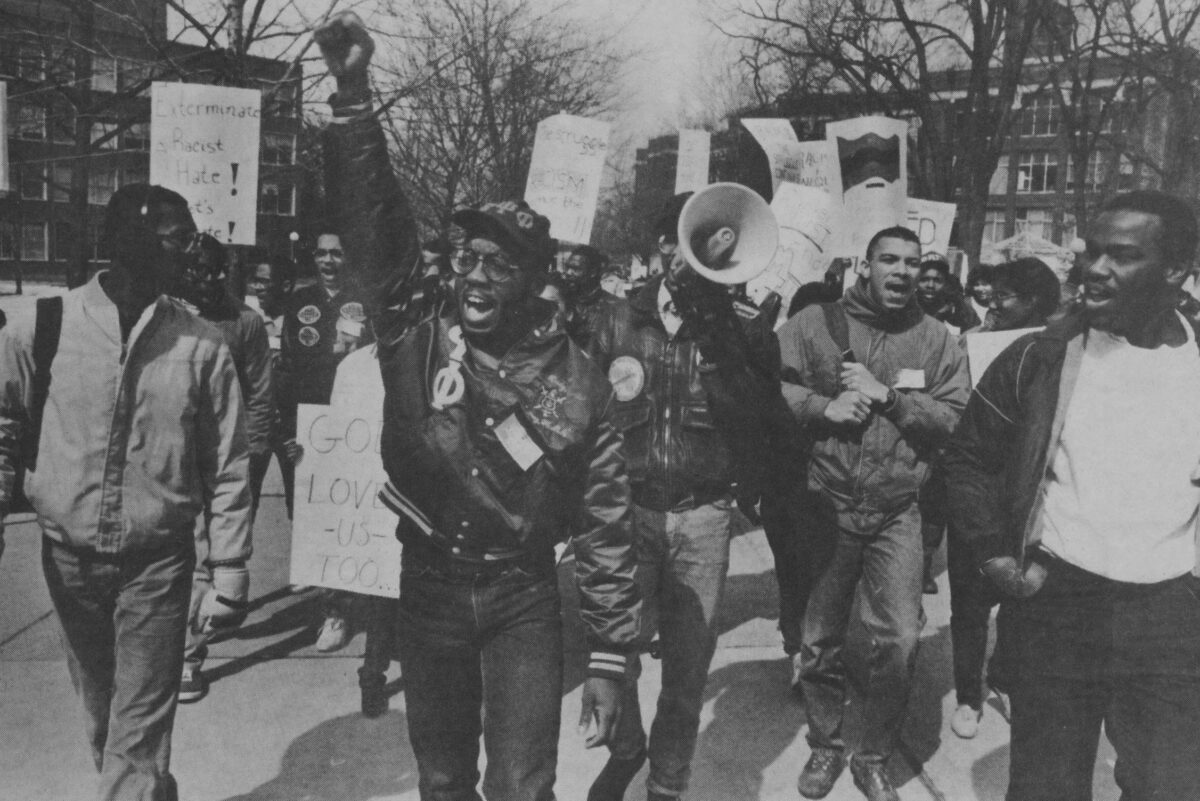
Like many steps toward a more equitable campus, OAMI began as the vision of students. After facing numerous incidents of racism, student activists forced the administration to develop an office set up to support minority affairs.
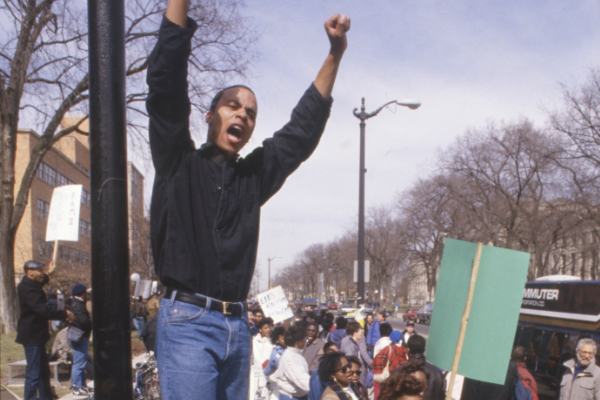
Explore more of the projects and initiatives across the university that aim to raise awareness about the diverse people and groups that made the university what it is today.
BAM Legacy Tour
For decades at U-M, students of color have used collective action to pressure the administration and fight for a more equitable campus. The Black Action Movement (BAM) and the students who came after have organized at various times of social unrest. The following videos tell the story of how Black students and their allies organized and helped create four university units that continue to serve the campus community: the Comprehensive Studies Program (CSP), the Office of Multi-Ethnic Student Affairs (MESA), the Trotter Multicultural Center, and the Office of Academic Multicultural Initiatives (OAMI).
Understanding this critical element in the journey toward a more equitable campus will give you a clearer understanding of how student sacrifice and prolonged engagement has shaped U-M.
BAM I - 1970 to 1975
In January 1970, Black students, frustrated by the university's lack of commitment to students of color, formed the Black Action Movement (BAM) and began a decades-long fight to create a more inclusive U-M campus.
BAM II - 1975 to 1987
Continued dissatisfaction with unmet promises led to the formation of the Third World Coalition Council and the Black United Front and a sit-in at the administration building, marking a crucial moment in student activism history despite limited success.
BAM III - 1987 to 2013
New incidents of racism spurred the creation of UCAR and BAM III, resulting in significant gains like the establishment of the Office of Minority Affairs, the predecessor to OAMI.
#BBUM - 2013 to 2014
With ongoing racial tensions on campus and across the country, Black students launched the viral #BBUM campaign and presented demands, including a new Trotter Multicultural Center.
Video Credits
Project Development
Thomas Vance
Gloria Derr Taylor
John Rodriguez
Script
Thomas Vance
Research
Thomas Vance
Brendan Kirwin
Narration
Keith Jason
Illustration
Yen Azzaro
Motion Graphics & Editing
Brendan Kirwin
The Black Action Movement Legacy Tour is a joint project of:
Office of Academic Multicultural Initiatives
Office of Multi-Ethnic Student Affairs
Trotter Multicultural Center
Help OAMI continue our work to further BAM's vision
Your donation will help us advance multiculturalism and promote student success at Michigan
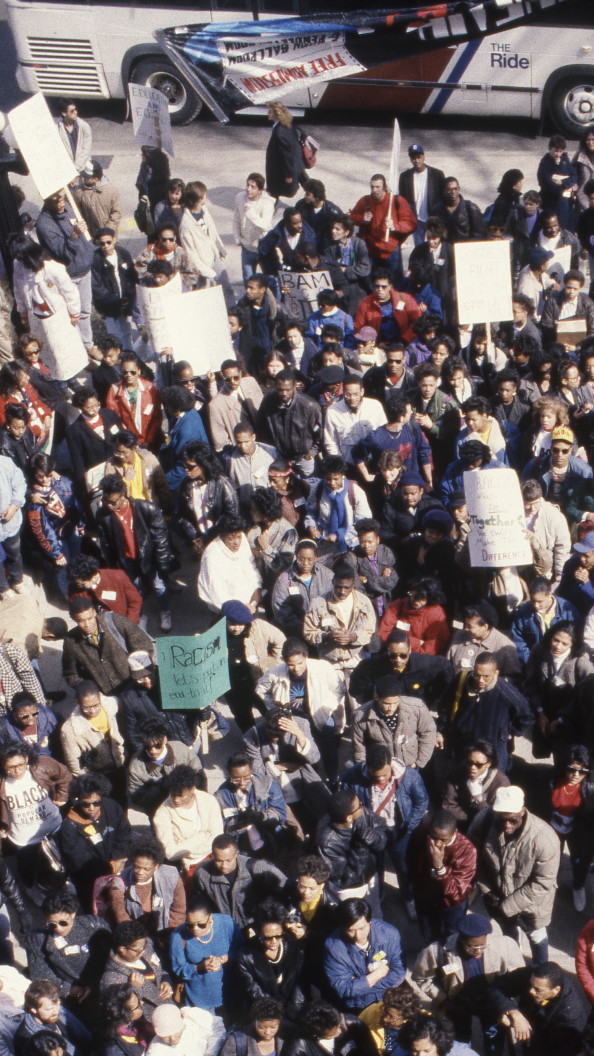
OAMI’s Beginnings
In January 1987, student activists organized to combat and protest the dismal racial climate at the university. Two incidents fanned the flames: a group of Black women received a fake hunting notice announcing ‘open season’ on Black people, and the student-run radio station, WJJX, played a segment with racist jokes and a laugh track. Fed up with the university leadership’s inaction on low diversity enrollment, lack of diverse campus leadership, and a litany of racist acts, students of color had had enough.
The United Coalition Against Racism (UCAR) and the Black Action Movement III (BAM III) organized to make the university listen. UCAR’s demands focused on all underrepresented communities, including creating an Office of Minority Affairs. BAM III organizers sought additional funding for the Black Student Union (BSU) and the Trotter House, an increase in minority leadership representatives, and the addition of racial harassment and discrimination clauses in the university’s rules and regulations. In addition, BAM III rallied for an uncompromised ratification of UCAR’s demands.
When President Shapiro failed to meet UCAR’s demands, students invited Reverend Jesse Jackson to mediate negotiations to end the prolonged struggle. In March 1987, six concessions were made, including creating an Office of Minority Affairs (OMA) to assist in recruiting and retaining minority students, faculty, and staff.
In 1993, when Dr. Lester Monts became vice provost for academic and multicultural affairs, the Office of Minority Affairs was renamed to the Office of Academic Multicultural Initiatives (OAMI).
Additional Resources
While not as well-documented and researched as many chapters in Michigan's history, here is a collection of additional resources to explore.
- History of the Black Student Union
- U-M Library’s Diversity in Student Life Exhibit
- U-M Library's Black Action Movements Exhibit
- Common Ground: A Dialogue Across Decades of Student Activists at Michigan panel (2016, Ford School recording)
- The Fiftieth Anniversary of the Black Action Movement and the Way Forward (History News Network)
- “Open It Up or Shut It Down” - The 1970 Black Action Movement strike at Michigan (Ann Arbor Chronicle)
- On this day in 1970: U of M students fight for Black enrollment (Michigan Advance)
